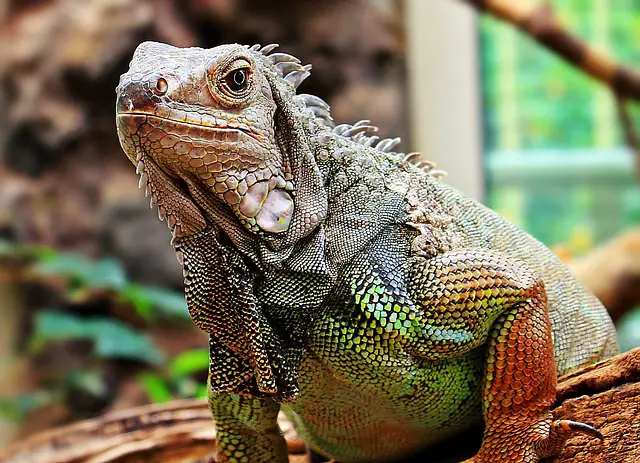Have you ever noticed how lizards bob their heads? It can be a strange sight, but it’s a vital behavior to understand if you are a lizard pet owner. This blog post will explore why lizards bob their heads and what it means for their health.
Why do lizards bob their heads?
The head-bobbing behavior among lizards has been a famous sight for many reptile enthusiasts.
This behavior is believed to be a form of communication that lizards use to convey messages about their dominance and willingness for territorial disputes.
The bobbing motion exhibits alertness, dominance, and readiness from the lizard to intimidate any potential rivals or challengers.
In some cases, it may even detect potential prey or predators in the environment.
By understanding this behavior, we can gain further insight into the adaptive survival tactics of these reptiles within their ecology.
Communication
Lizards use head bobbing as a form of communication. When they encounter one another, they perform a series of head bobs and body movements that let other lizards know who is dominant and who is subordinate.
This behavior communicates intent, whether the lizard is aggressive or friendly. Head bobbing is also used by males during courtship displays to attract females.
Balance
Another reason why lizards bob their heads is for balance.
When they move quickly over long distances, head-bobbing helps them keep their balance and ensures they land on their feet when jumping from branch to branch or rock to rock.
This movement also helps them detect minor environmental signs that could pose a potential threat or food opportunity.
Measure distance
Finally, lizards use head-bobbing to measure the distance between themselves and other objects in the environment.
Using visual cues like size and position, lizards can accurately judge the distance between themselves and other objects to avoid collisions or better assess potential prey items.
This behavior may also be used to determine whether something is safe to approach by measuring its size relative to the lizard’s own body size.
Conclusion
Head-bobbing may seem odd at first glance, but it serves many vital purposes for lizards daily. From communicating with other members of its species to determining distances between objects in its environment, head-bobbing plays an integral role in helping lizards survive in their natural habitats—and even in our homes.
Understanding this behavior can help us better care for our lizard pets so that they stay healthy and happy for years to come.




